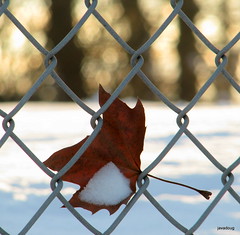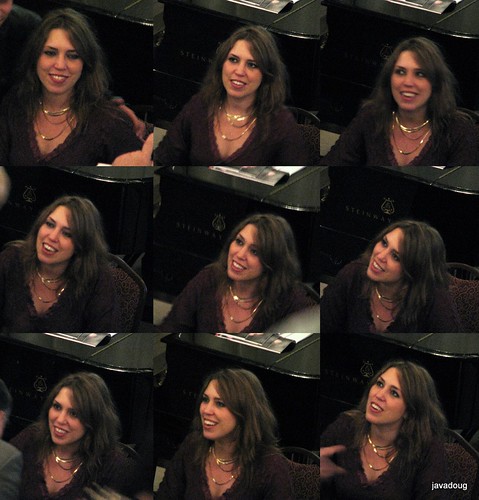I've had many great experiences listening to the Pittsburgh Symphony Orchestra at Heinz Hall - all of the concerts are fascinating and fun. The Legend of Zelda: Symphony of the Goddesses is no exception - in fact the 'fun factor' is significantly heightened by the programatic format of the video game theme. The symphony itself is really amazing - I believe it can stand on it's own as a piece of the classical repertoire without the need to add the 'fun' aspect of video screens and commentary, yet I don't deny that this program as it was presented offered a lot.

Irish conductor Eímear Noone lead the PSO. Ms. Noone was very good - always with a smile which simply made me smile as well. Before the second movement she interrupted to change batons, this time it was a very special baton: The Wind Waker or baton of Wind in which the main character named 'Link' (for those of you who don't know) used it to conduct in that game of the same name. Here it was made real as the Ms. Noone used it to conduct the movement dedicated to that particular version of the Legend of Zelda.
This begs the question: Why is it called 'Legend of Zelda' and not 'Legend of Link'? Which I ask my daughter all the time because you see Link all the time in the game, and hardly ever see Zelda.
There were four movements, and three encores, every one a treat.
“Zelda: Symphony of the Goddesses,” is a musical tribute to the history of Zelda and the great scores composed by Koji Kondo. The concert, directed by Irish conductor Eímear Noone, works with local musicians in each town to put together an entire orchestra to play the show.
Some good reviews:
http://tech.mit.edu/V132/N15/
http://www.wired.com/geekdad/
The printed program offered at Heinz Hall was rather slim with respect to information on the symphony. What I was looking for was information not only on Koji Kondo, but on perhaps who else might have aided in orchestrating the music from the games into this fabulous symphony, or was it totally attributable to Koji Kondo? I searched the internet in vain, not able to glean the information I desired. If anyone knows more please leave a comment.
Here's a video review that's very revealing:
http://www.youtube.com/watch?v=CNsfs3nm4p0


 discusses the famous ‘Hammerschlag’ in the 4th movement of Mahler’s Sixth Symphony
discusses the famous ‘Hammerschlag’ in the 4th movement of Mahler’s Sixth Symphony













































